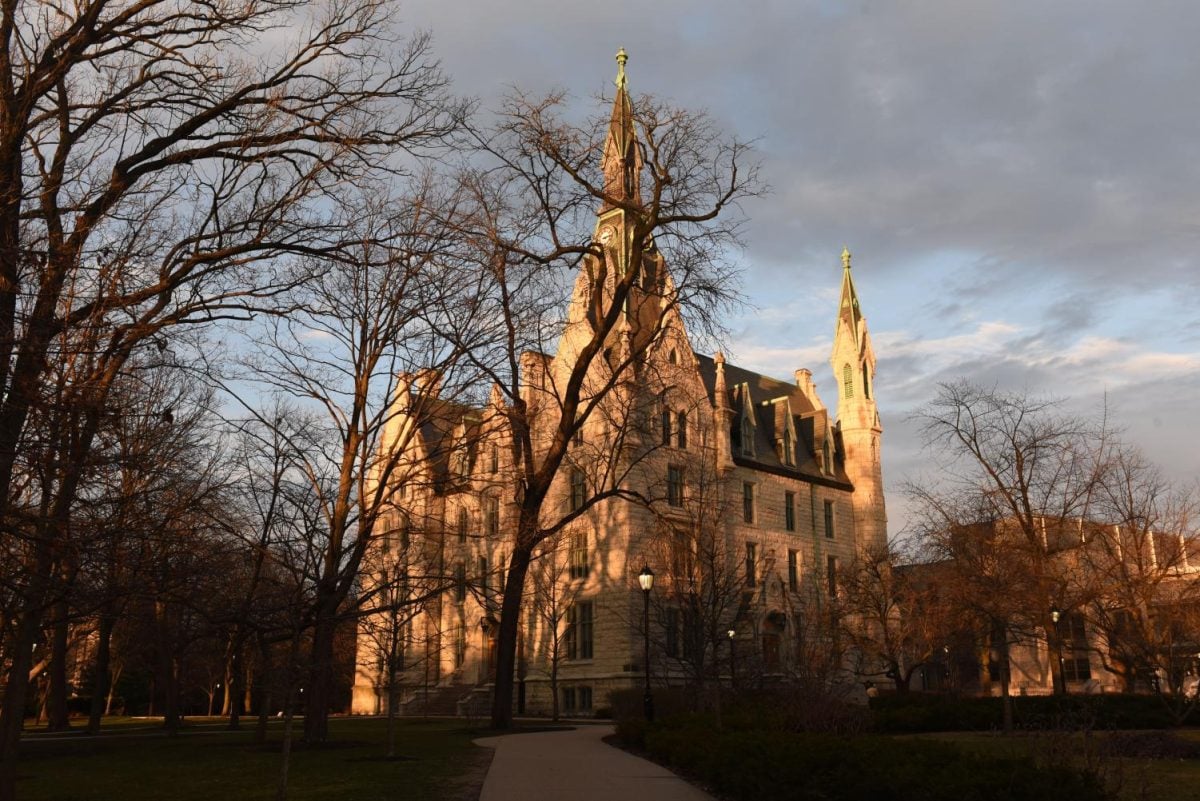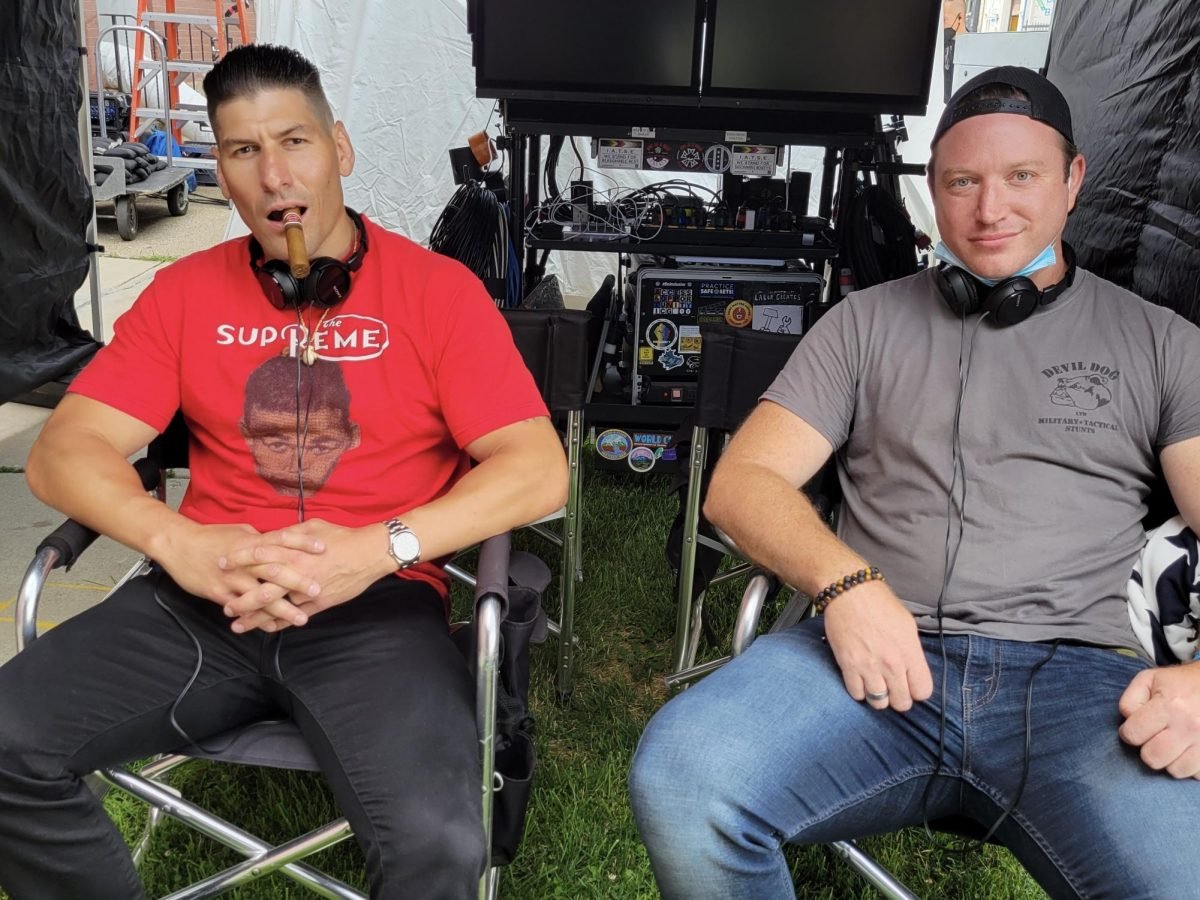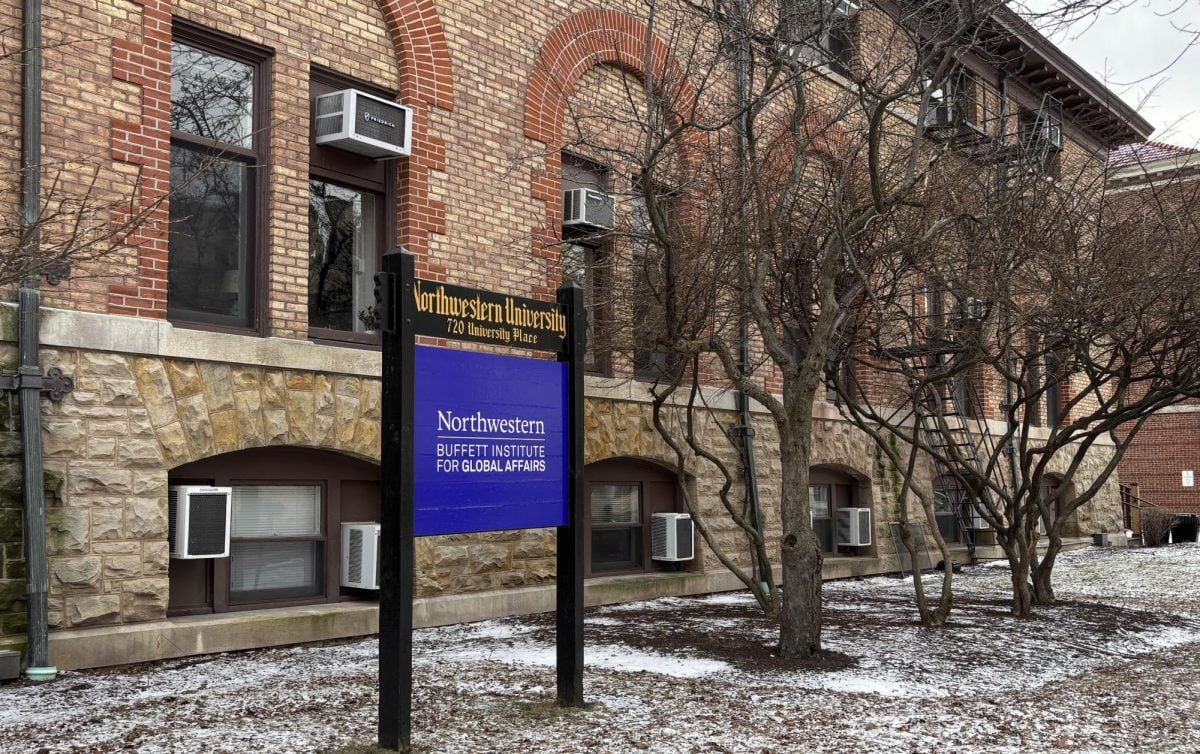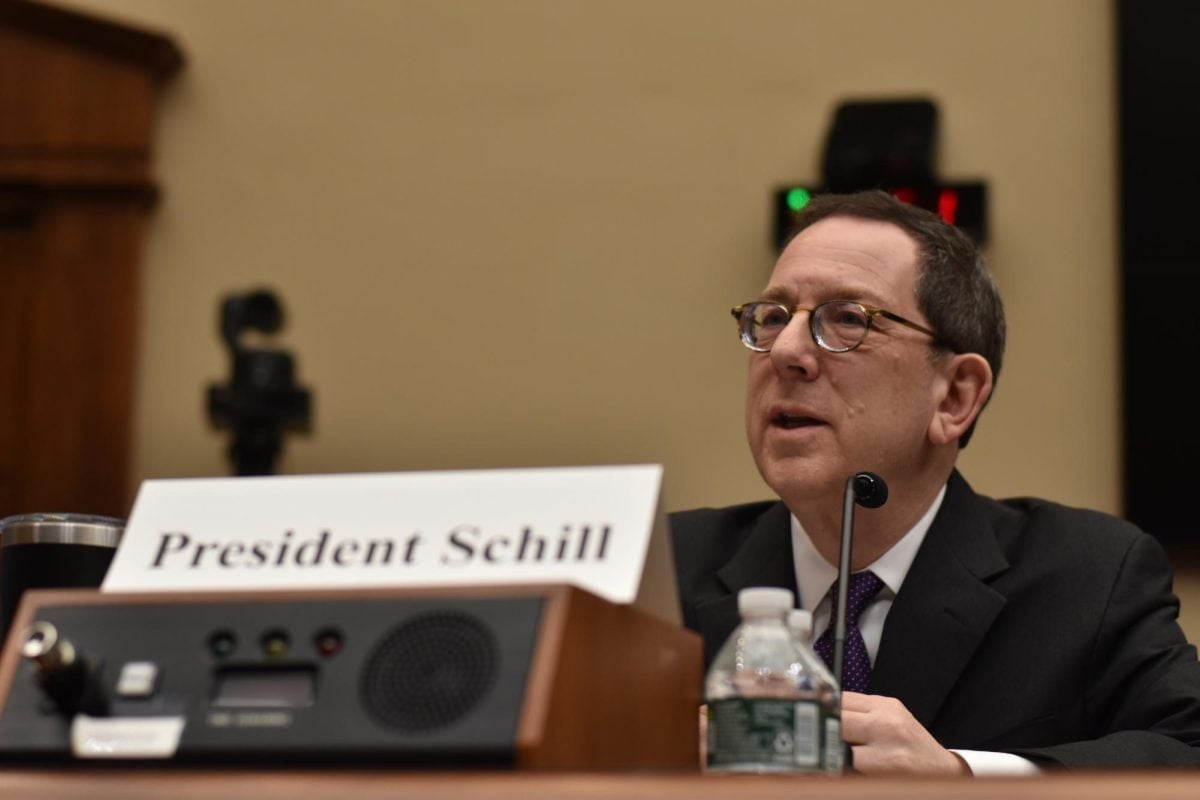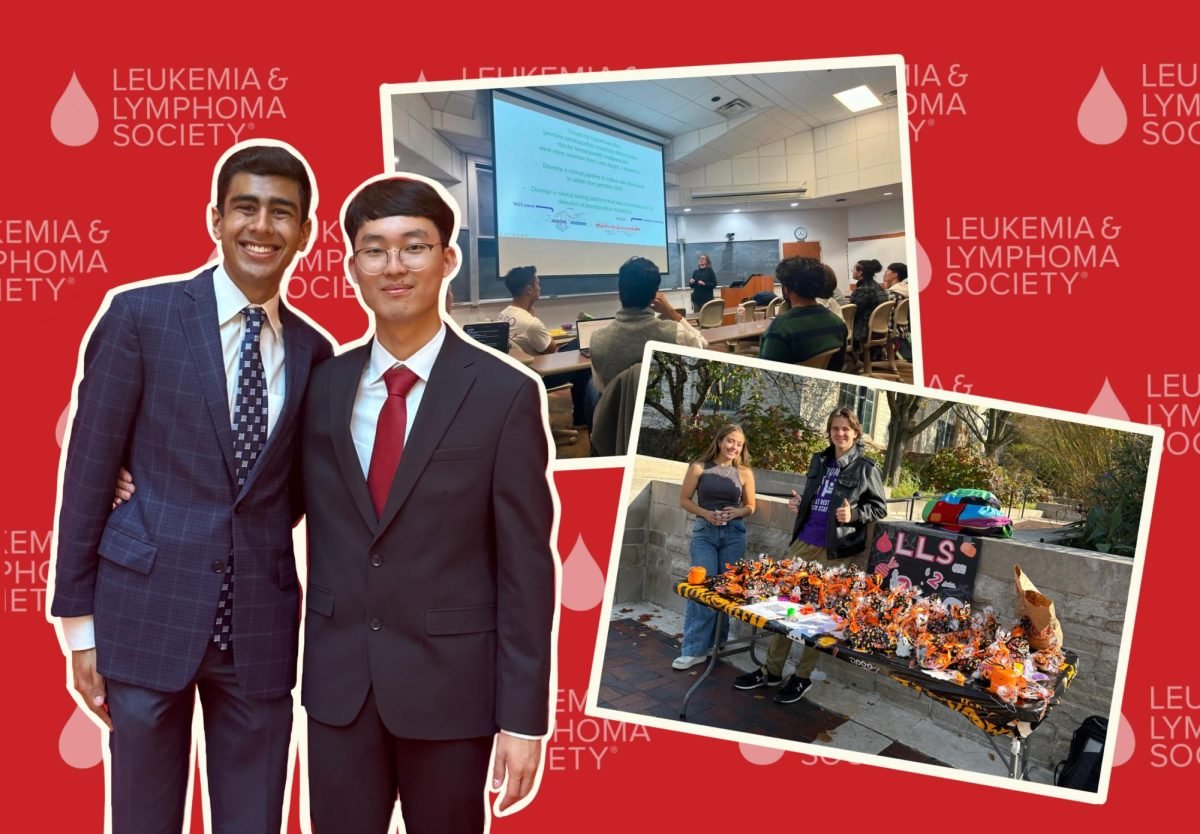Northwestern’s Department of Black Studies hosted a discussion panel on “unmaking” segregation in Parkes Hall Wednesday evening. The panel featured social justice artist Tonika Lewis Johnson, University of Illinois Chicago Sociology Prof. Maria Krysan, NU alum Caroline O’Boyle (Communication ’82) and Leslie Cortez.
Johnson and Krysan spoke about their recently published book, “Don’t Go: Stories of Segregation and How to Disrupt It,” a collection of 25 interviews of individuals reflecting on their experiences of being told ‘don’t go’ to the south and west sides of Chicago. O’Boyle, a white resident in the predominantly Black neighborhood of East Garfield Park, and Cortez, a Latina resident of the West Side, were both interviewed about their experiences for the book.
“It’s a maddening experience to defend your neighborhood,” Cortez said. “My address told people how to talk to me, about me and at me.”
Cortez said she is thankful for the book as a place to hold her pain. She said the book challenges a white supremacy portrait of heroes and villains on the north and south sides of Chicago, respectively.
Krysan said listening to Cortez’s story was incredibly powerful for her. She recalls both herself and Johnson crying during the interview.
“Hearing someone so poignantly and heartbreakingly talk about what it means to be from a neighborhood people are told not to go to,” Krysan said. “It was life changing for me.”
Johnson, who grew up in Englewood and currently resides there, also spoke about how grateful she is for the opportunity to express the pain this stereotype has caused her.
Johnson said she was surprised to hear about the dangerous, violent narrative being told about a place where her friends and family lived, a place she loves. She said she didn’t understand why her friends’ parents wouldn’t let their children, her friends, visit her.
“I don’t know what conversations are had at the table of white families,” Johnson said. “I didn’t know this advice was given.”
While the book does serve as a place for people to hold their grief, both Johnson and Krysan said they think the book is optimistic in nature. Krysan said the book lifts the feelings of individuals from disadvantaged neighborhoods, but also those from the North Side who may be feeling embarrassed.
O’Boyle said there is also a place for white people in the conversation because this issue affects everyone. Johnson said she wants people to get more comfortable talking about segregation.
“For me, this is a way to shift the blame. We don’t want young white children to feel guilty,” Johnson said. “This book helps all of us shift the blame to historic racism and segregation.”
The panelists said that hopefully, a disruption of the harmful narrative of the south and west sides of Chicago would also make room for more investments in those neighborhoods.
The narrative has a large economic as well as emotional impact, Johnson said.
“It’s the reason these neighborhoods have a rich population but they still can’t get more grocery stores,” Johnson said. “Everyone saying ‘don’t go’ contributes to the economic disinvestment.”
More about the statistics concerning economic disinvestment in these regions can be found in the book. However, the rhetoric itself used in discussions of the north, west and south sides of Chicago was also a focus of the event. The prelude of the book mentions that the terms South Side and West Side are used as shorthand for “poverty and danger.”
Cortez added that people will often say “west” and “south” when they are referring to Black and Latino. Johnson said she wanted “Don’t Go” to get at the heart of the impact of this issue, which is the people.
“We need to make segregation personal,” Johnson said. “We’re talking about people, not neighborhoods.”
Email: mayaikenberry2026@u.northwestern.edu
Related Stories:
– City looks to redevelop land around Mayfair railroad, considers history of segregation
– Holocaust Museum speakers discuss housing segregation in Chicago area

